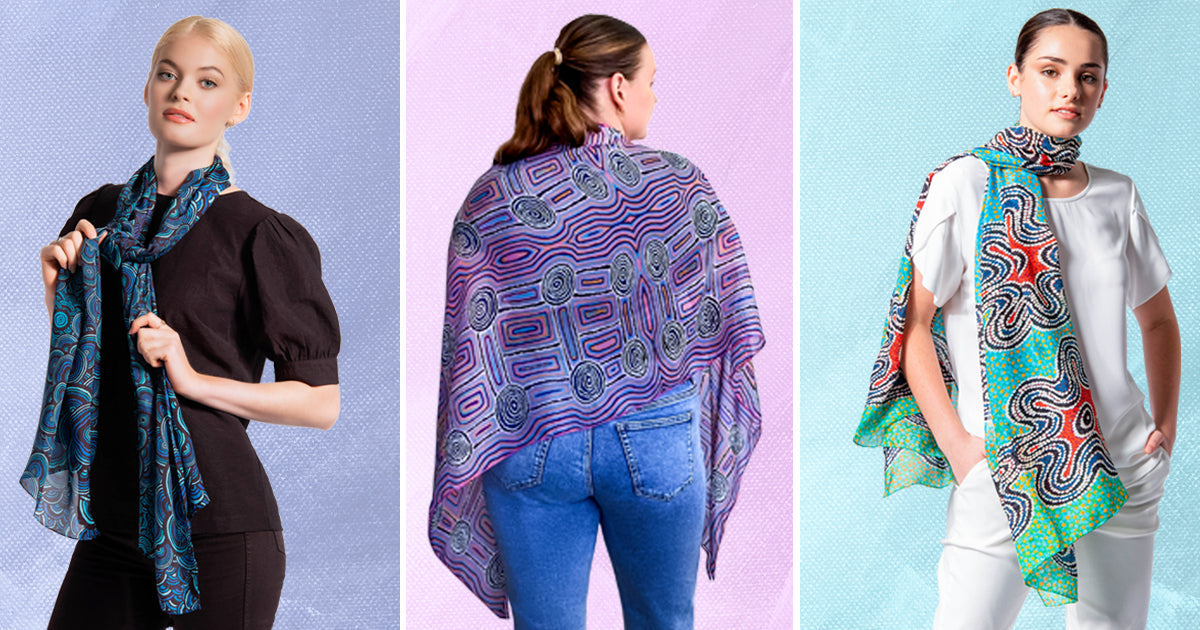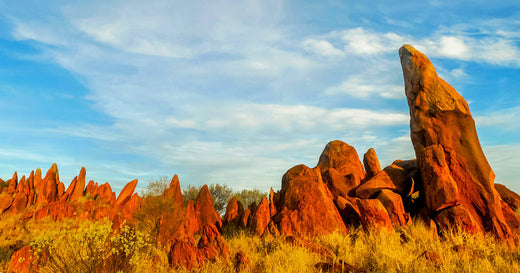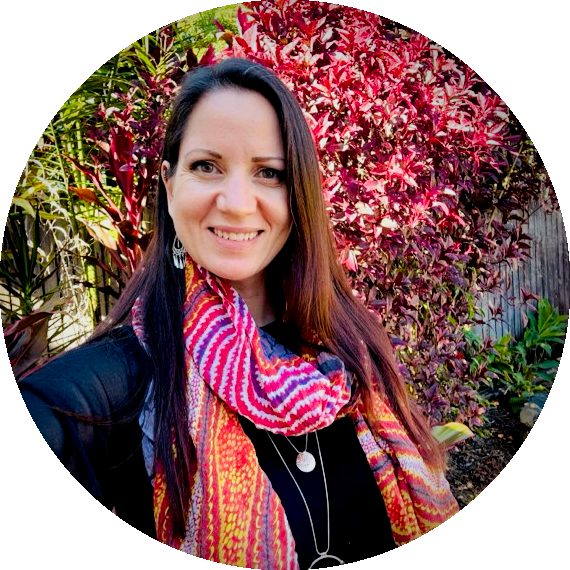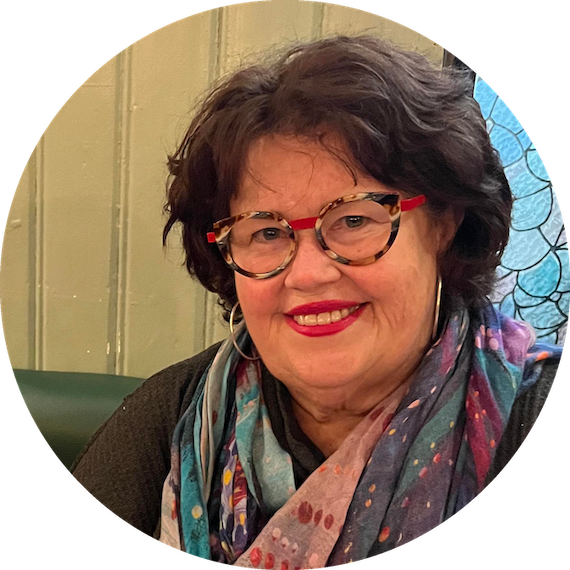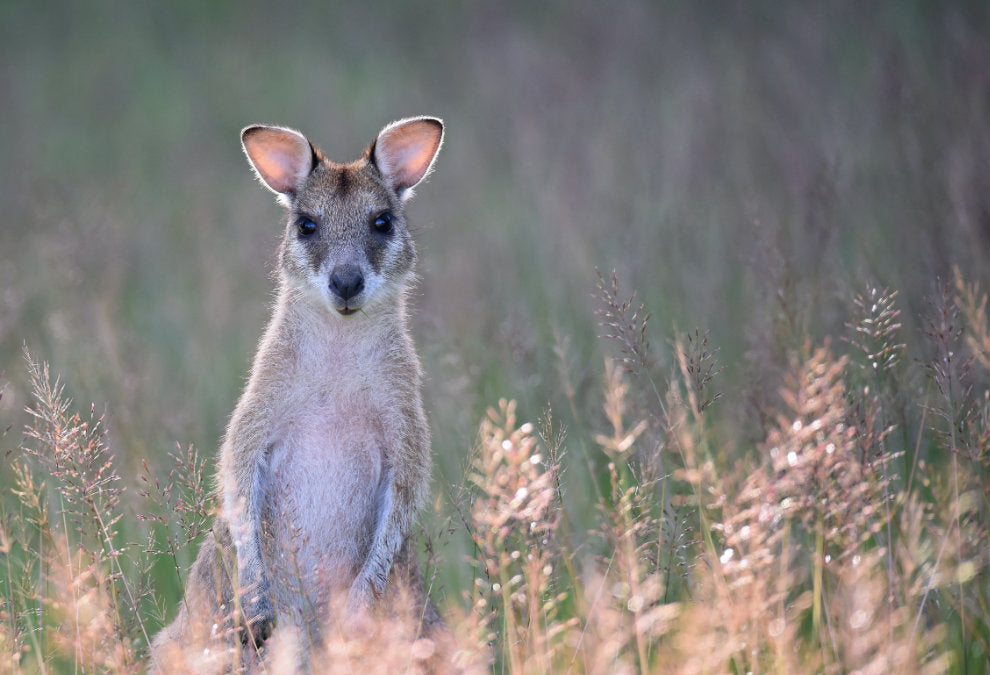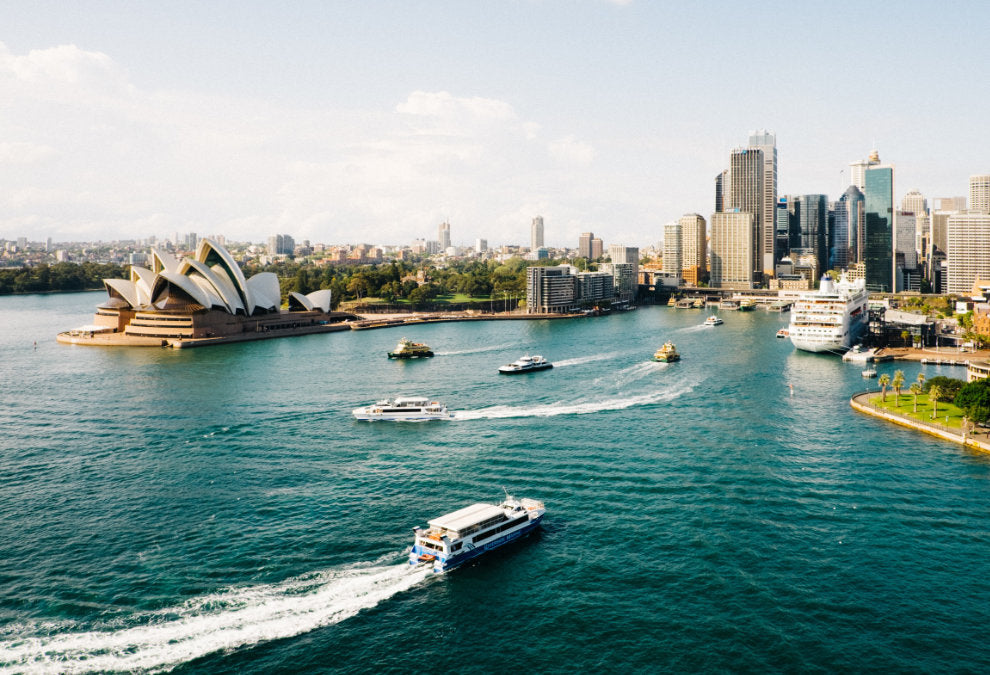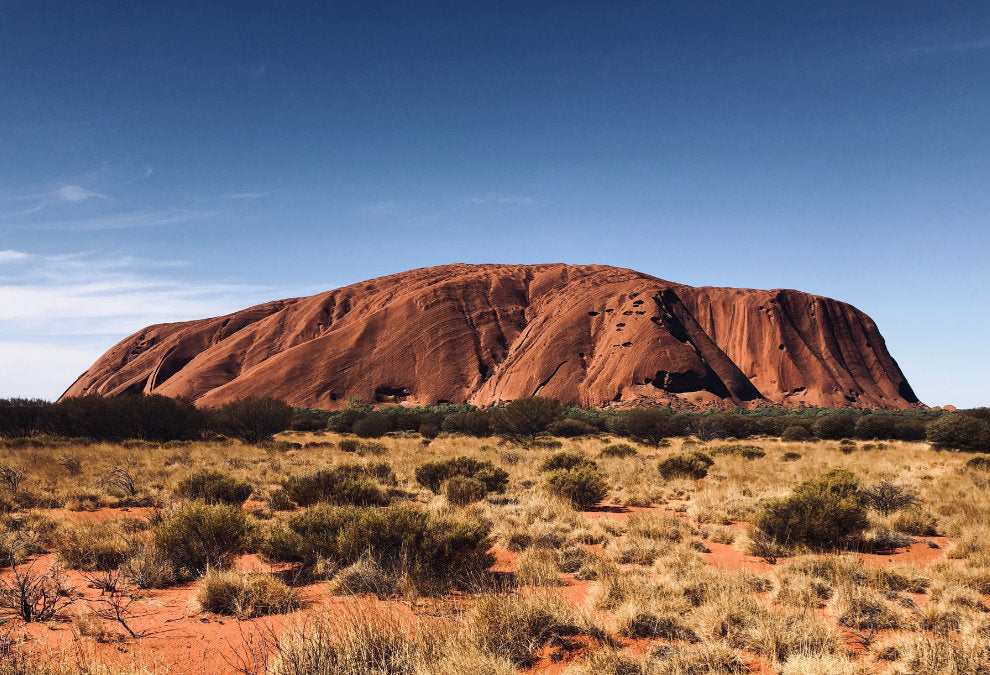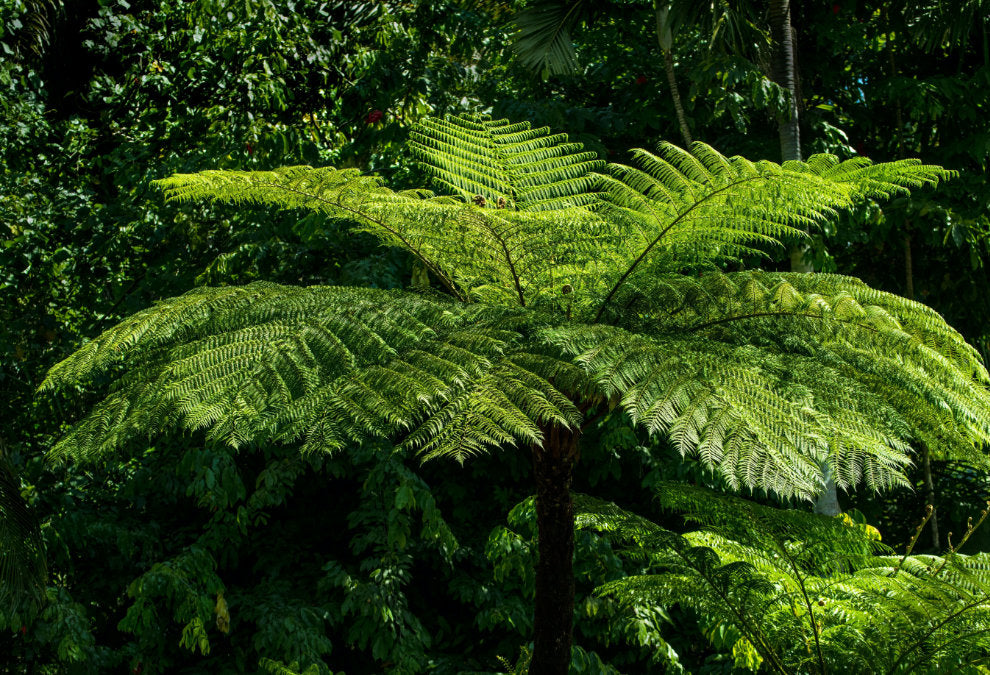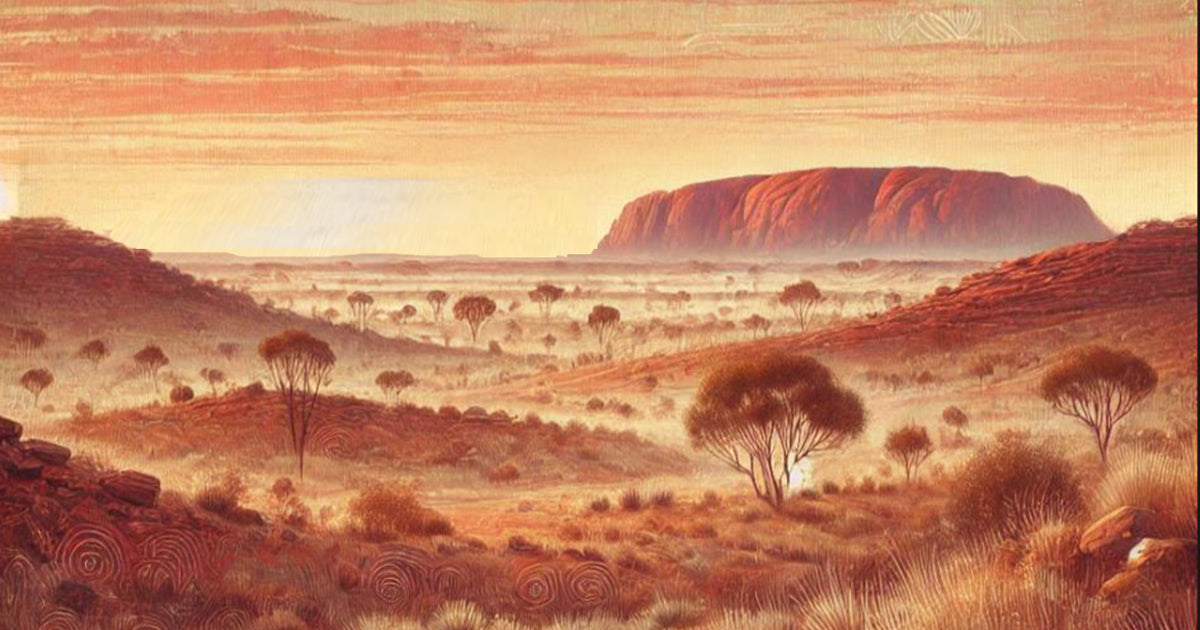
Australia: Home to the World's Oldest Continuous Living Culture
Australia's Indigenous cultural heritage is considered the world's oldest continuous living culture due to its unbroken connection to the land, traditions and knowledge systems dating back tens of thousands of years.
Longevity of Occupation
DNA studies have confirmed that Aboriginal Australians are one of the oldest living populations in the world, certainly the oldest outside of Africa. Their ancestors left the African continent 75,000 years ago.
Archaeological evidence suggests that Aboriginal people have lived on the Australian continent for at least 65,000 years. This predates the arrival of modern humans in Europe and the Americas.
Isolated for millennia by rising sea water after the last Ice Age, Australia's Aboriginal people developed a variety of regional cultures and languages, invented distinct artistic and religious traditions and affected the environment of the continent in a number of ways through hunting, fire-stick farming and the introduction of the dingo breed of dog.
Many sites across the Australian continent such as those at Kakadu National Park, Lake Mungo and the Daintree Rainforest reveal continuous human presence and activity over millennia.

Mossman Gorge is situated in the heart of the World Heritage listed Daintree National Park, the oldest rainforest in the world. It is known as Mandjil Dimbi to its traditional owners, the Kuku Yalanji Aboriginal people, who have lived here for over 50,000 years.
Deep Connection to Country
Indigenous Australians have a profound spiritual and physical connection to their ancestral homelands. Their knowledge systems are deeply tied to the natural environment, encompassing astronomy, land management, hunting and navigation, which have been passed down over tens of thousands of years through oral traditions.
Oral Traditions and Storytelling
Dreamtime stories, songs, dances and ceremonies have preserved complex cultural knowledge for thousands of generations. These narratives explain the origins of the land, its features and its flora and fauna while imparting moral and ecological lessons. Many of these stories align with geological and environmental changes, such as the rise in sea levels after the last Ice Age.
Adaptation and Resilience
Despite colonisation, forced displacement and cultural suppression, Indigenous Australians have maintained their cultural identity and practices. Communities continue to keep alive languages, ceremonies and traditions, ensuring their cultural heritage is preserved for future generations.

Traditional Aboriginal dancer in ceremonial red and white ochre body paint. Aboriginal people preserve ancient stories through dance ceremonies, combining movements, music and body art to pass cultural knowledge and Dreamtime stories across generations.
Unique Knowledge Systems
Indigenous Australians possess unique scientific and ecological knowledge. For example, fire-stick farming, a sophisticated land management technique using controlled burns, shaped ecosystems and biodiversity. Similarly, their astronomical knowledge predates many Western discoveries, with constellations and celestial movements used for navigation and timekeeping.
Artistic Legacy
The rock art of Australia, such as that found in Arnhem Land, is among the oldest in the world, with some works dating back tens of thousands of years. This art, along with contemporary practices, demonstrates a living connection to heritage.
Recognition of World Heritage
UNESCO acknowledges several Indigenous Australian cultural sites highlighting their cultural and historical significance.
There are numerous Aboriginal cultural sites of immense significance, reflecting the deep connection of Indigenous peoples to the land, water and sky:
Uluru-Kata Tjuta National Park (Northern Territory)
Significance: Uluru and Kata Tjuta are sacred sites for the Anangu people, representing creation stories (Jukurrpa).
Features: Rock art, waterholes and cultural heritage tours led by traditional owners.
Kakadu National Park (Northern Territory)
Significance: A UNESCO World Heritage site, Kakadu is home to more than 5,000 rock art sites depicting tens of thousands of years of history.
Features: Ubirr and Nourlangie Rock are notable for their stunning rock art galleries.

Ancient Aboriginal rock art at Burrunkuy, (Nourlangie), Arnhem Land, Kakadu National Park
Budj Bim Cultural Landscape (Victoria)
Significance: A UNESCO World Heritage site, Budj Bim features one of the world’s oldest known aquaculture systems, created by the Gunditjmara people.
Features: Stone channels and weirs used to trap and harvest eels for thousands of years.
Daintree Rainforest (Queensland)
Significance: Sacred to the Kuku Yalanji people, this is one of the oldest rainforests in the world, central to Dreamtime stories.
Features: Guided walks reveal an unbroken cultural and spiritual connection to the land.
Lake Mungo (Mungo National Park, New South Wales)
Significance: The site of the world’s oldest known cremation, dating back over 40,000 years and home to the ancient remains of Mungo Man and Mungo Lady.
Features: Archaeological and spiritual site with sand dunes and dry lake beds.
Great Barrier Reef (Queensland)
Significance: Connected to the creation stories of Aboriginal and Torres Strait Islander peoples, the reef is a living cultural landscape.
Features: Rich marine biodiversity and coral ecosystems tied to Indigenous lore.
Arnhem Land (Northern Territory)
Significance: A spiritual heartland for Yolŋu people, featuring extensive rock art sites and sacred places.
Features: Restricted areas where permission is required to visit, preserving cultural integrity.
The Kimberley (Western Australia)
Significance: Known for Wandjina and Gwion Gwion (Bradshaw) rock art, some of the oldest rock art in the world.
Features: Rugged landscapes and waterways central to Dreamtime stories.
Wilpena Pound (Ikara-Flinders Ranges, South Australia)
Significance: A sacred place for the Adnyamathanha people, representing the creation story of Ikara (the meeting place).
Features: Rugged mountain ranges and rich biodiversity.
Burrup Peninsula (Murujuga, Western Australia)
Significance: Home to one of the largest collections of petroglyphs (rock carvings) in the world, some dating back 40,000 years.
Features: Depictions of extinct animals and human figures.

A night sky view of the Milky Way over Karlu Karlu (Devil's Marbles), a sacred site for Warumungu, Kaytetye, Warlpiri and Alyawarra Aboriginal peoples in Central Australia, vital to the continuation of important Jukurrpa (Dreamings).
The uninterrupted transmission of knowledge, stories and cultural practices over such a vast timeframe makes Australia's Indigenous heritage unique and positions it as the oldest continuous living culture in the world.
This enduring legacy is a testament to the resilience, adaptability and deep cultural wisdom of Aboriginal and Torres Strait Islander peoples.


